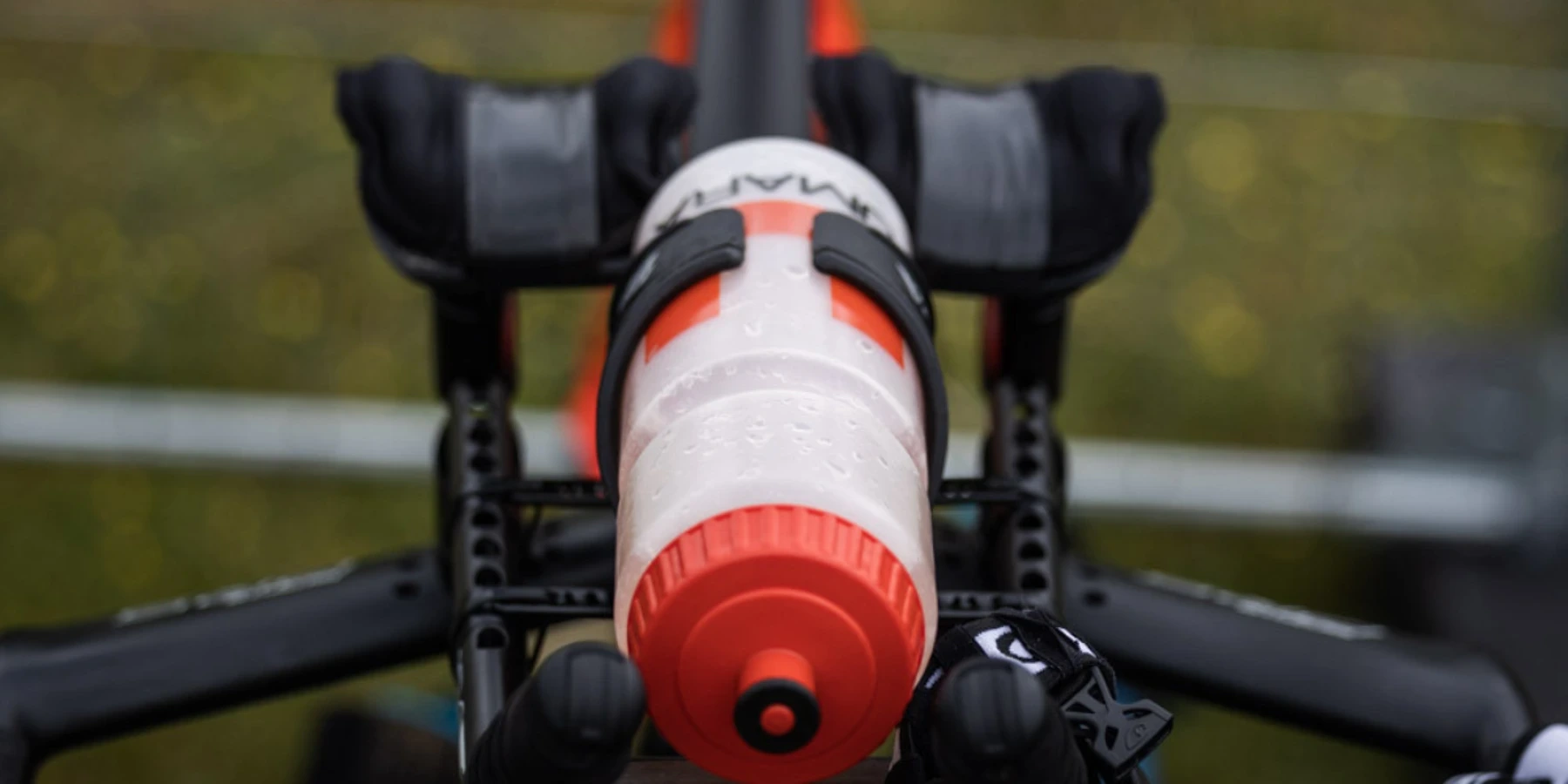
Energy tips for a successful Ironman
Completing a good Ironman triathlon is one of the most difficult things you can do. There is a lot that must align, including your form, equipment, and energy intake. Not to mention the weather, which should ideally be on your side as well! In this guide, we will try to assist you with a couple of these factors, focusing on the energy intake before and during the race.
The Last Week
With less than a week to go until the start, there’s not much more you can do in terms of training. Hopefully, you feel well prepared, and now it’s about relaxing and finding a good feeling in your body. Reduce the volume but try to keep some shorter sessions. A few workouts with shorter bursts of high intensity can also be beneficial for peaking your performance.
Make sure you have tested all the equipment you will be using and that it works as it should. Keep an eye on the weather forecast and try to plan which gear will suit you best. Warm weather means lighter clothing & higher fluid intake, for example.
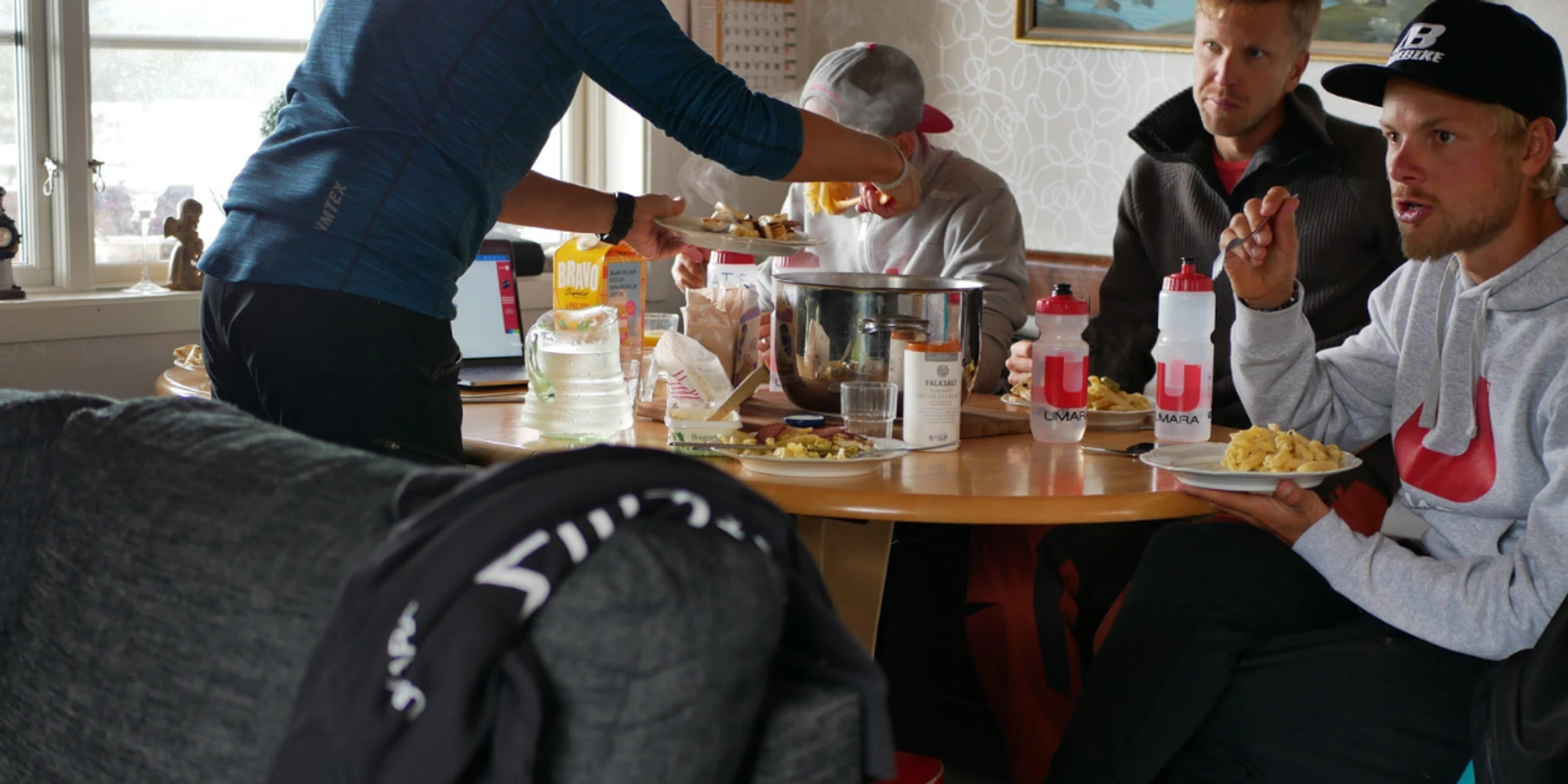
Carbohydrate Loading
With 3 days until the race, it's time to start filling your glycogen stores with a balanced carbohydrate load. By consuming a bit of extra carbohydrates before a prolonged activity, you can increase the body's glycogen reserves and have more energy on the track. If done correctly, you also shouldn't feel bloated and heavy at the start.
The goal of carbohydrate loading is to fill the glycogen stores so they are bursting with energy. To achieve this effect, an intake of 10g of carbohydrates/kg of body weight is required every day for 2-3 days before the competition. With this intake, a phenomenon called supercompensation occurs, which means that the muscles are overfilled with sufficient stored glycogen. A good loading can put you at the starting line with an extra 100g of carbohydrates in your muscles. Something that keeps you going for about an extra hour.
However, you don't need to complicate things. All types of common carbohydrates you get from your diet will eventually lead to muscle glycogen as long as the stores are not already overflowing. Let your preferences guide you to your carbohydrate sources, but avoid complex, fiber-rich carbohydrates in the last day before the start as you don’t want your intestines filled with “unnecessary” material at the starting line. Don't see carbohydrate loading as an excuse to eat junk food, but aim for light carbohydrates on the last day anyway. In addition to eating good food that you are used to, you can supplement with sports drink or U Loader to easily get your carbohydrates without feeling too heavy in your stomach.
The Day Before
The day before can often feel like one long nervous wait. Try to relax and enjoy the upbeat atmosphere. A light jog or rolling a bit along the bike path to keep your legs moving can be wise. Then check in your bike and try to eat light carbohydrates without too much fiber. Drink an extra bottle of sports drink or U Loader. A bag of candy might be a good fit too ;)
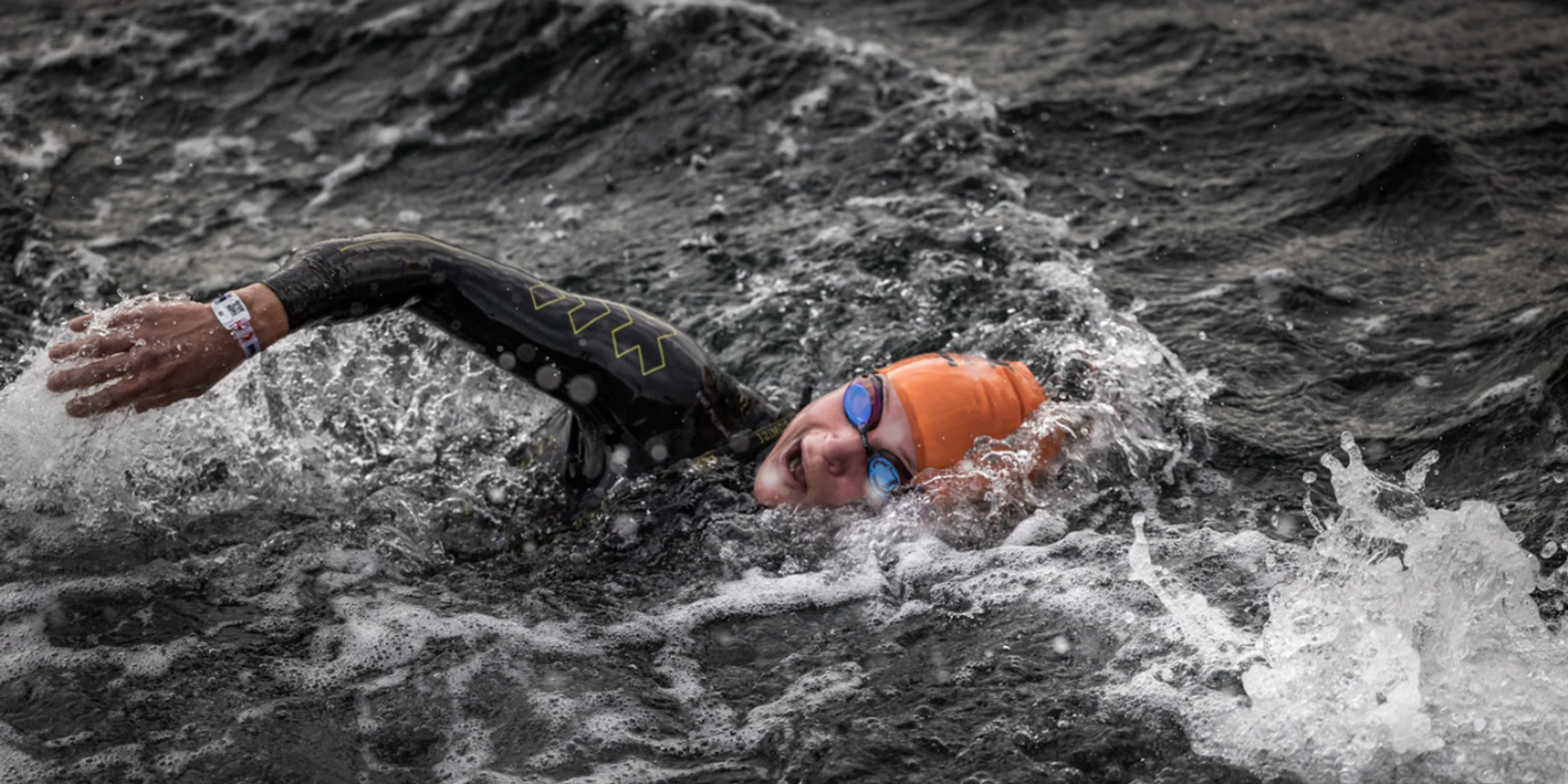
Before the start
Before the start, we recommend a caffeine intake of 3-6mg/kg of body weight. This is approximately 210-420mg for a 70kg person. Our U Intend contains 250mg of caffeine (one scoop or 1 shot). Caffeine has a performance-enhancing effect and decreases your perceived exertion. In the last 1-2 hours, it's also a good idea to sip on a sports drink to ensure that your glycogen levels are topped off just before the starting moment.
The start goes
Rule number 1. You cannot compensate for energy during such intense physical activity. What you need to do is start providing energy immediately after the start and then regularly throughout the race. Taking in energy in small doses and often (say every 20 minutes if possible) reduces the risk of stomach problems as you won't have to consume large amounts at the stations to meet your energy needs.
Then, you should base your plan on your own ambitions. They will dictate how your energy plan will look. But the basic rule is the same for most people: aim to consume about 90-120g of carbohydrates per hour. Try to ensure that the majority of your energy intake comes from sports drinks and gels. These products are the easiest for your stomach to handle during activity. You can supplement with a bar if you wish.
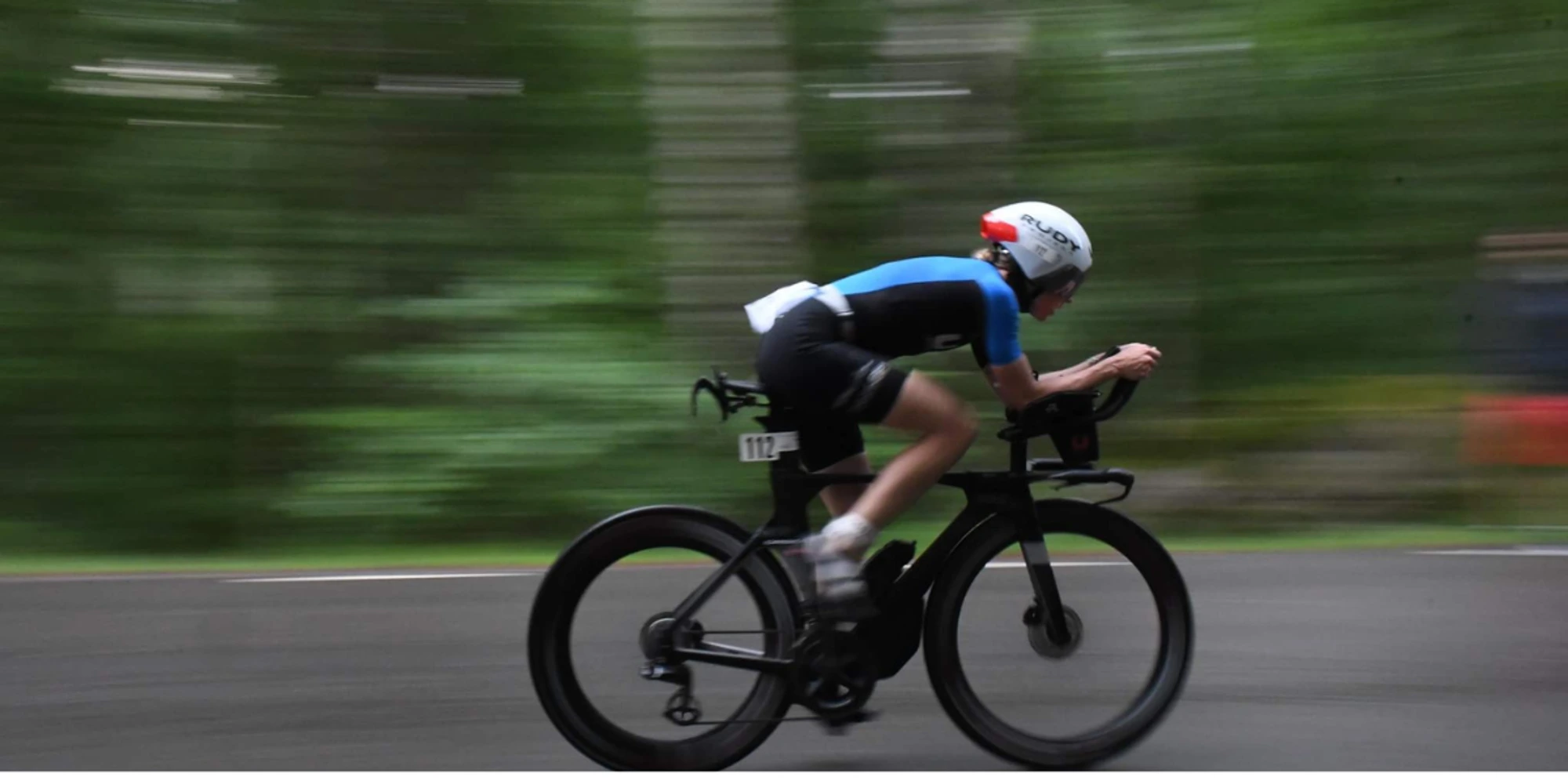
Swimming
Above we mentioned starting energy intake immediately after the start; unfortunately, this becomes difficult to manage during swimming. 1-2 hours of swimming without energy depletes your glycogen stores, which makes your fueling very important and ensures that you are as energized as possible at the start line. Here comes the interesting part. If you eat your last meal a few hours before the race, you will have well-filled glycogen stores. However, the levels drop each time your muscle has to contract, meaning that by the start line, you are likely not 100% filled. A very good tip is to drink/eat a small amount of sports drink or take a gel 15 minutes before the start. These carbohydrates won’t have time to be stored as muscle glycogen, but an interesting factor is that your intestines go into standby mode to receive more carbohydrates. So, you don’t have to wait for your body to activate the absorption mechanisms; they are ready and set to take in energy later.
Cycling
After you have methodically but quickly exited T1, the longest stretch of the race awaits. 180 kilometers of cycling is a tough challenge. After a swim without energy intake, it’s important to start your energy consumption immediately. Drink your sports drink and try to follow your planned race strategy for both energy and intensity. There are many different ways to establish an energy plan during the cycling segment. One example is to mix a bottle with strong sports drink or gel that contains all the energy you need to manage 90-120g of carbohydrates per hour. Your other bottles can then just have water in them to cover fluid loss. You can then adjust if you prefer to take in more gels and bars if it feels tough to only drink energy during such a long race. Lower your speed a bit before T2 and prepare your body for the upcoming run.
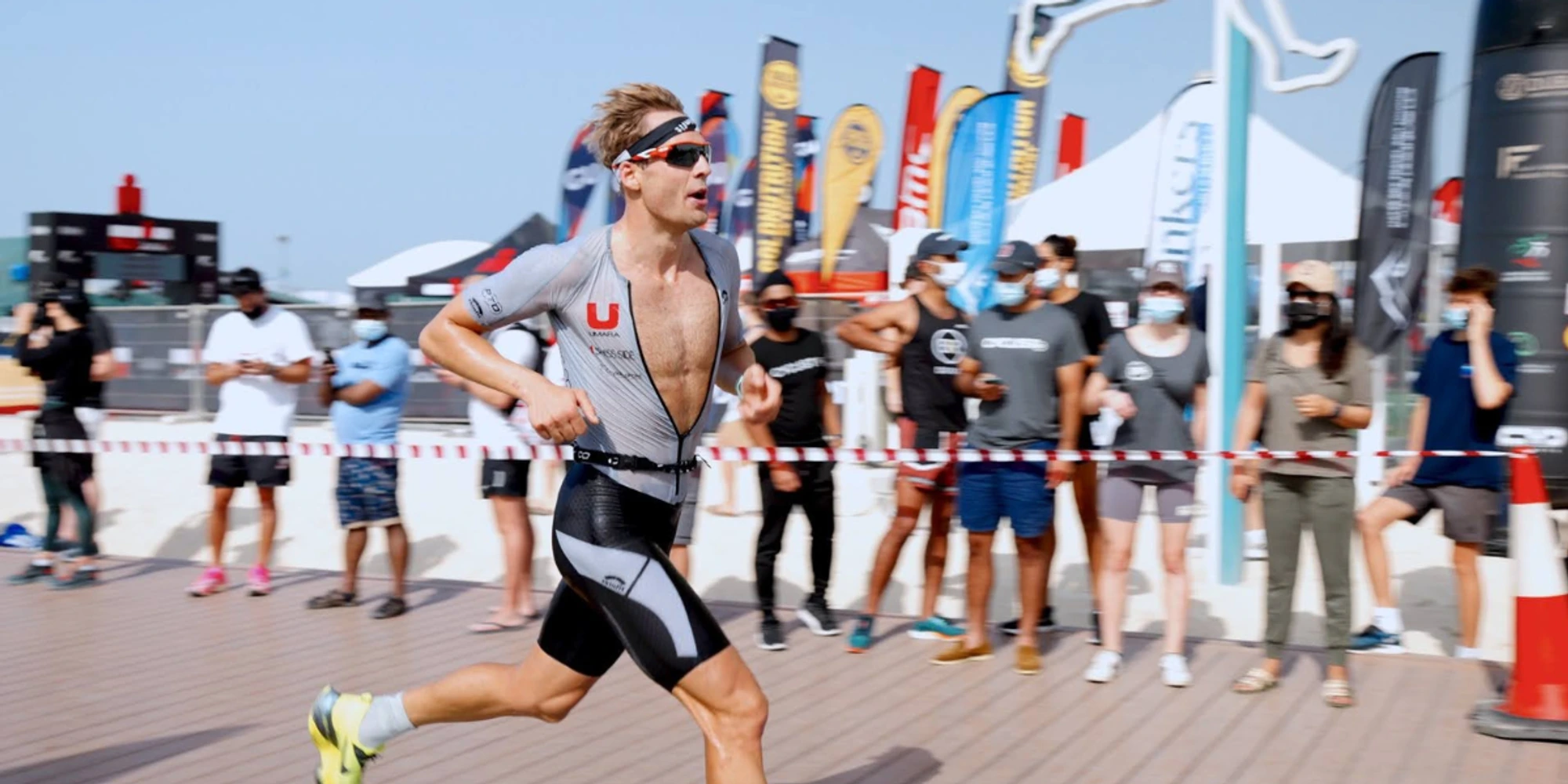
The Running
The running is the final and most challenging part to get through. You will be tired and pushing for a long time, it can be difficult to maintain a high intake, and your stomach may become unsettled from fatigue and the impact of running. It might be smart to decrease your energy intake to about 80-90g/h to help your stomach cope. We recommend focusing on gels as they are concentrated with energy instead of carrying smaller bottles since liquid weighs more. If you only want to use your own products, we recommend 3-4 gels per hour. Also, if you feel your stomach can handle it, try to take in some gels with caffeine. Water and energy drinks from the organizers will be available at the hydration stations. One tip is to mix the gel in a small softbottle that you can keep in your back pocket.
Are you unsure about exactly how to create your own energy plan? Then you can read this article which explains in a simple way how to set it up. Or take a look at our Triathlon package for full distance.
There is a lot to think about during an Ironman, but go to the race meeting and listen carefully. And trust your energy plan and training, you are strong and well-prepared; this is going to be awesome!
